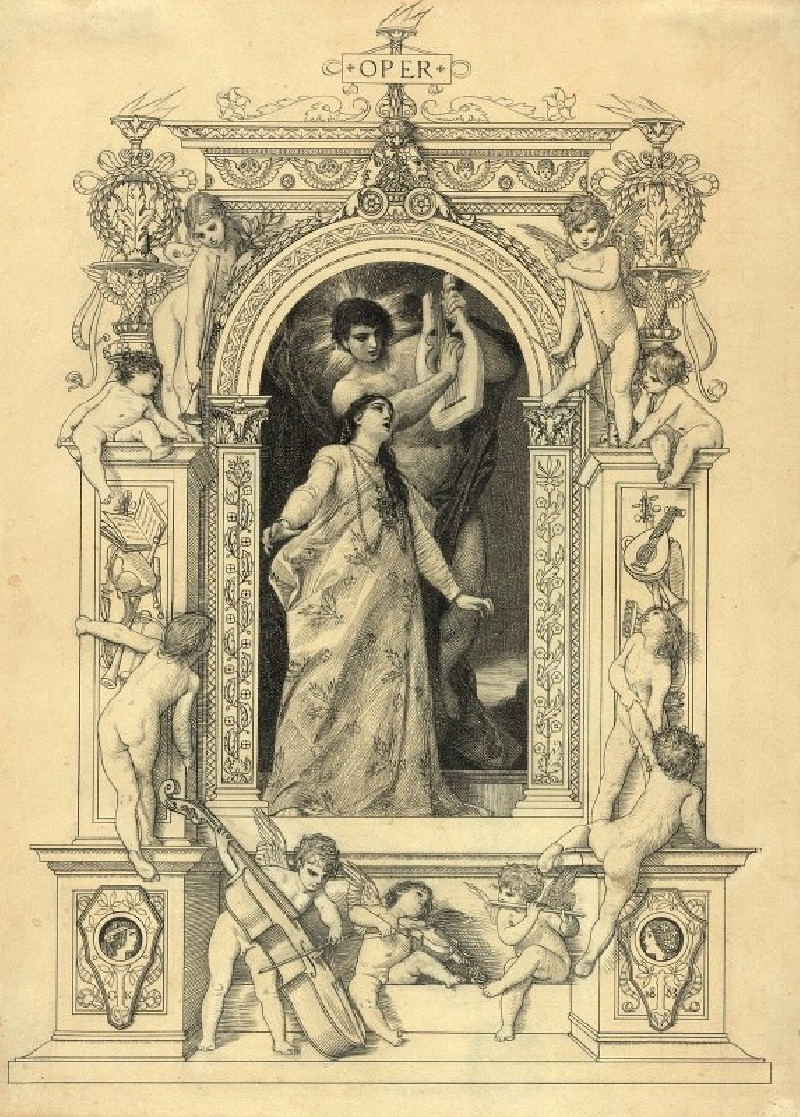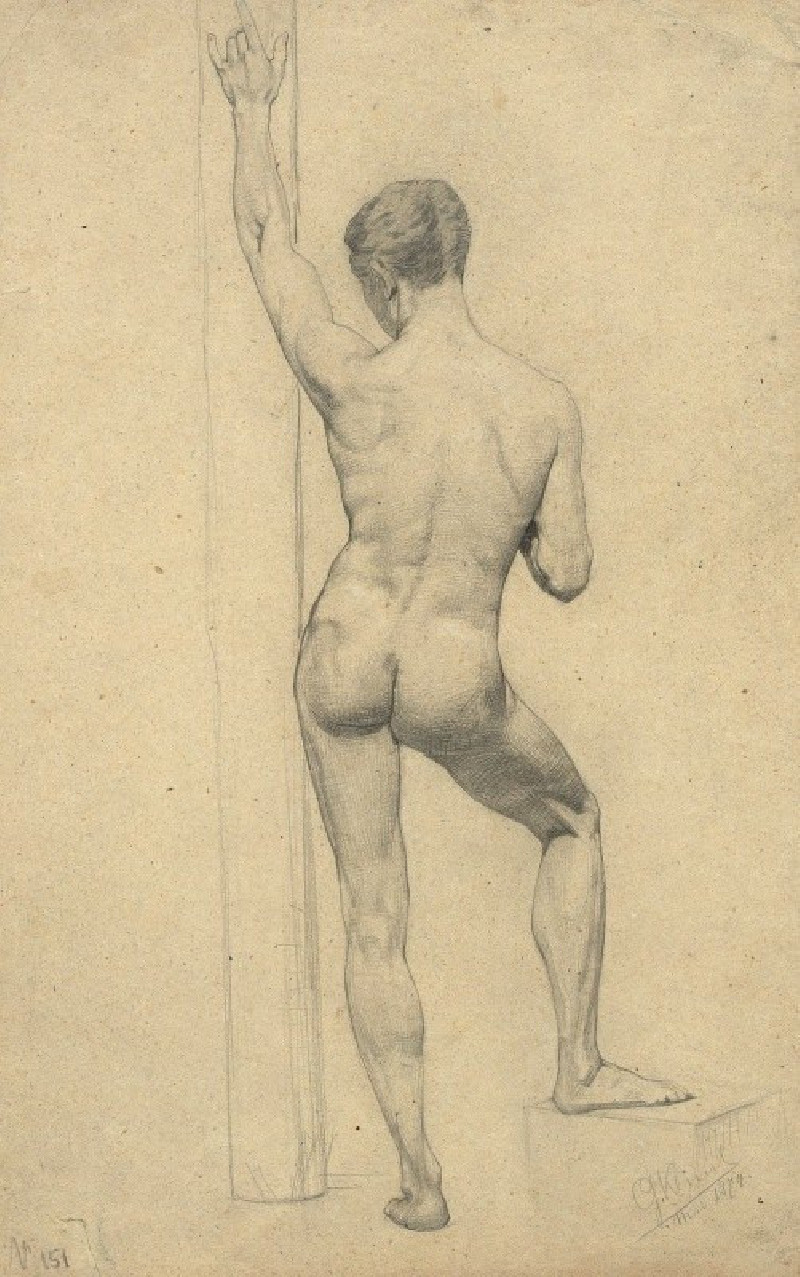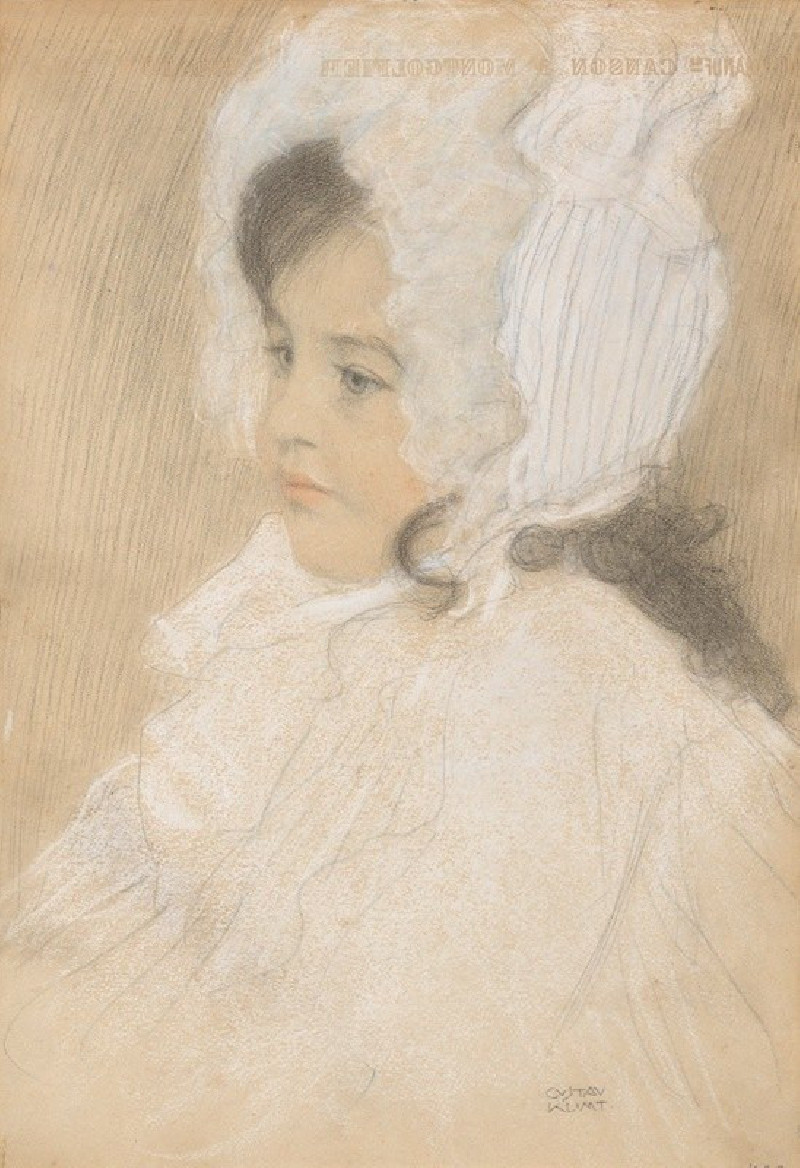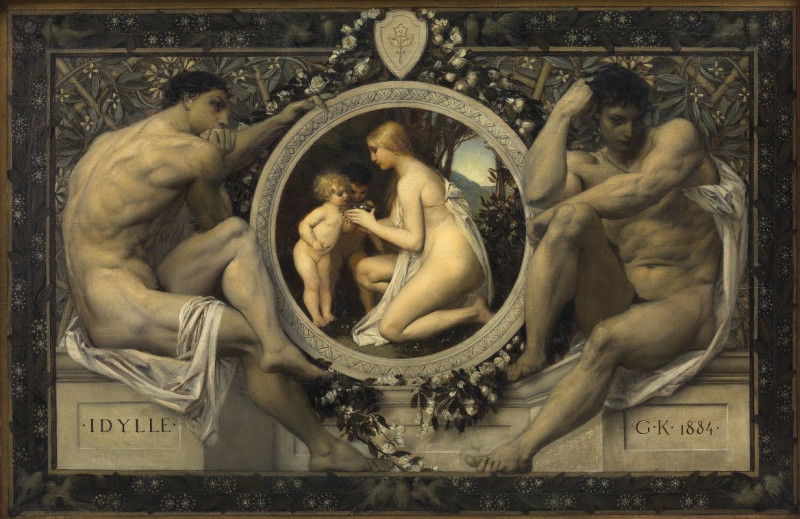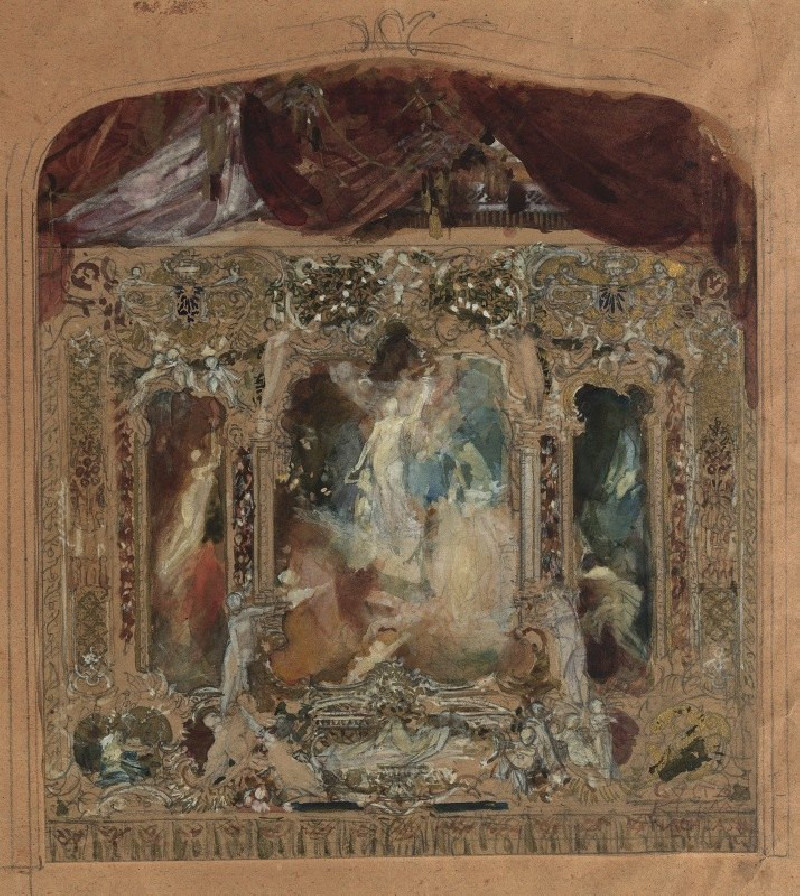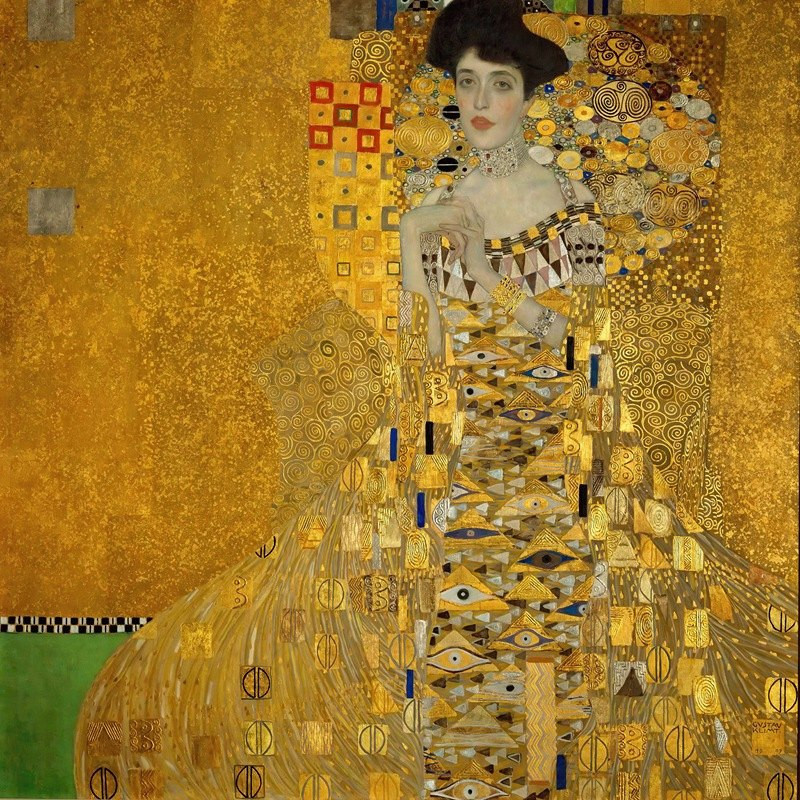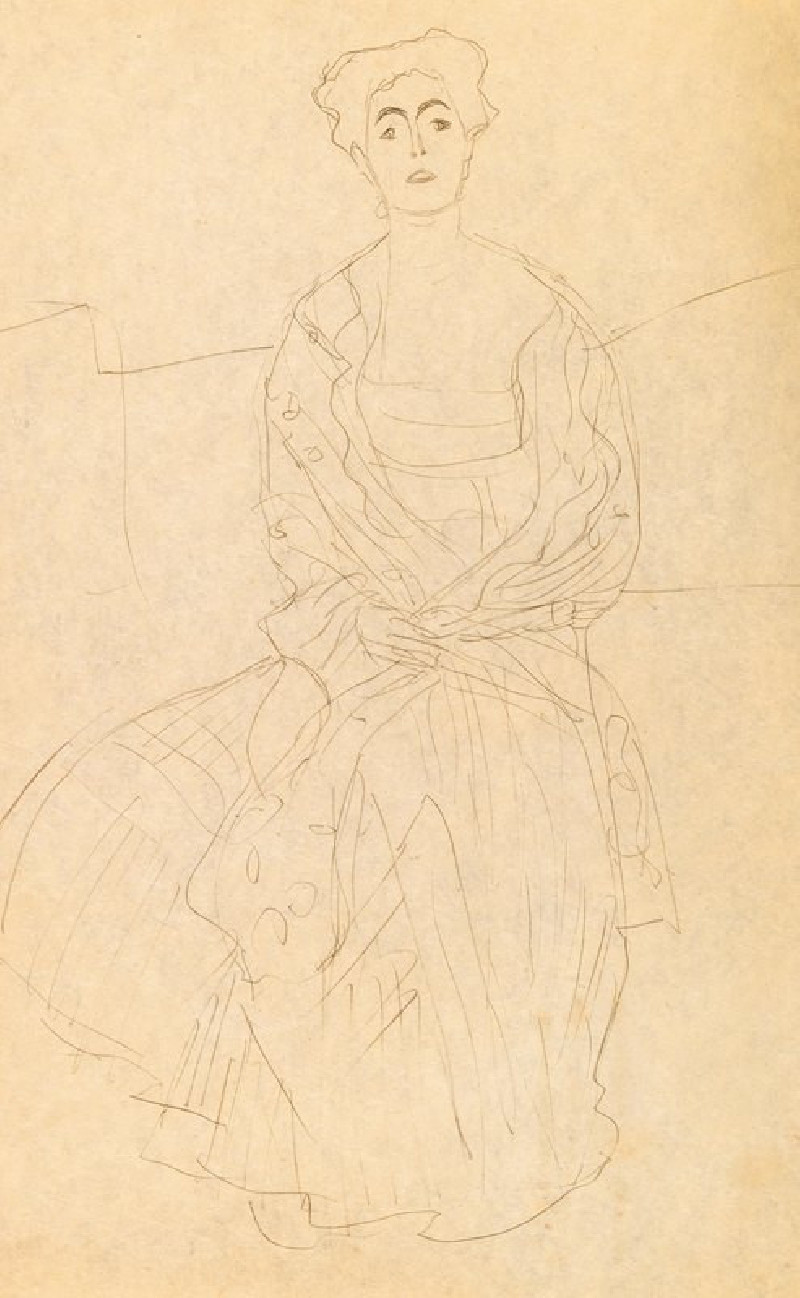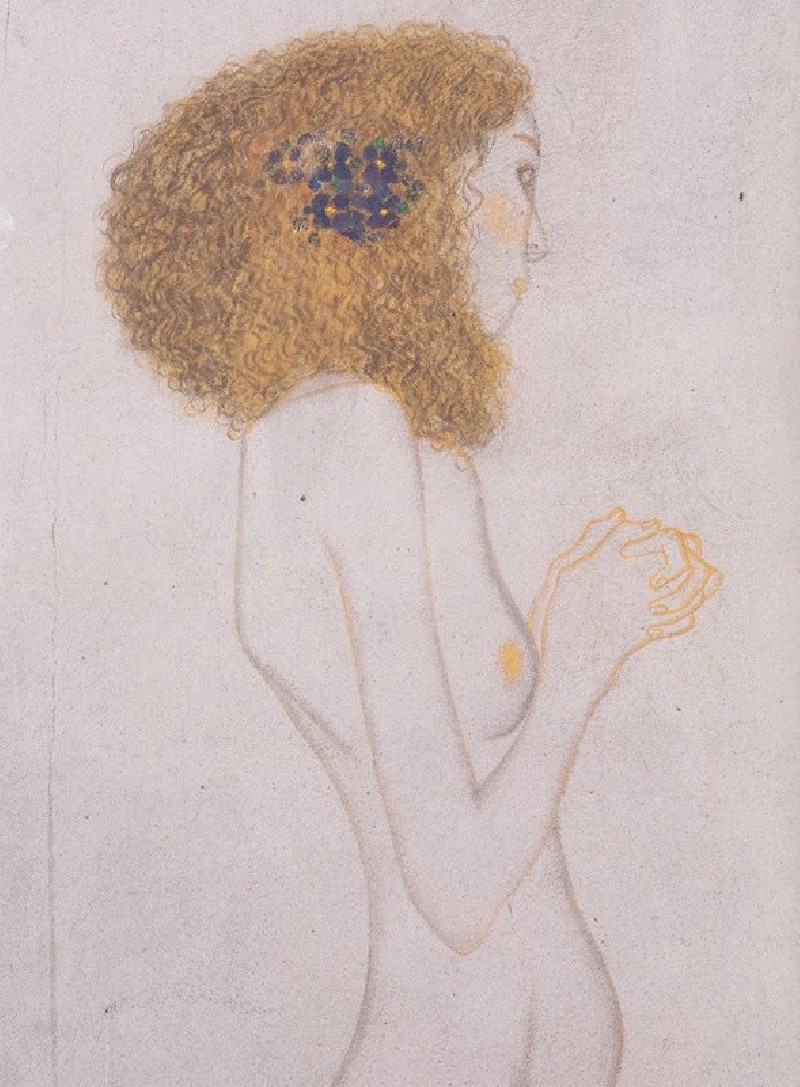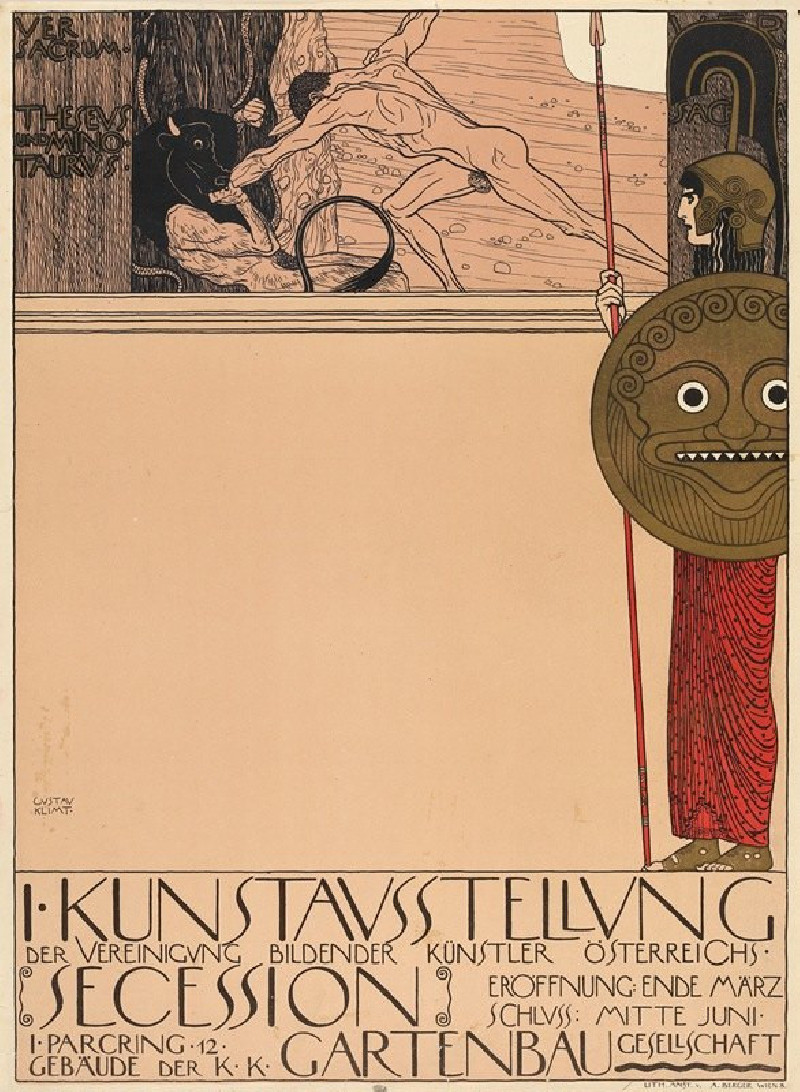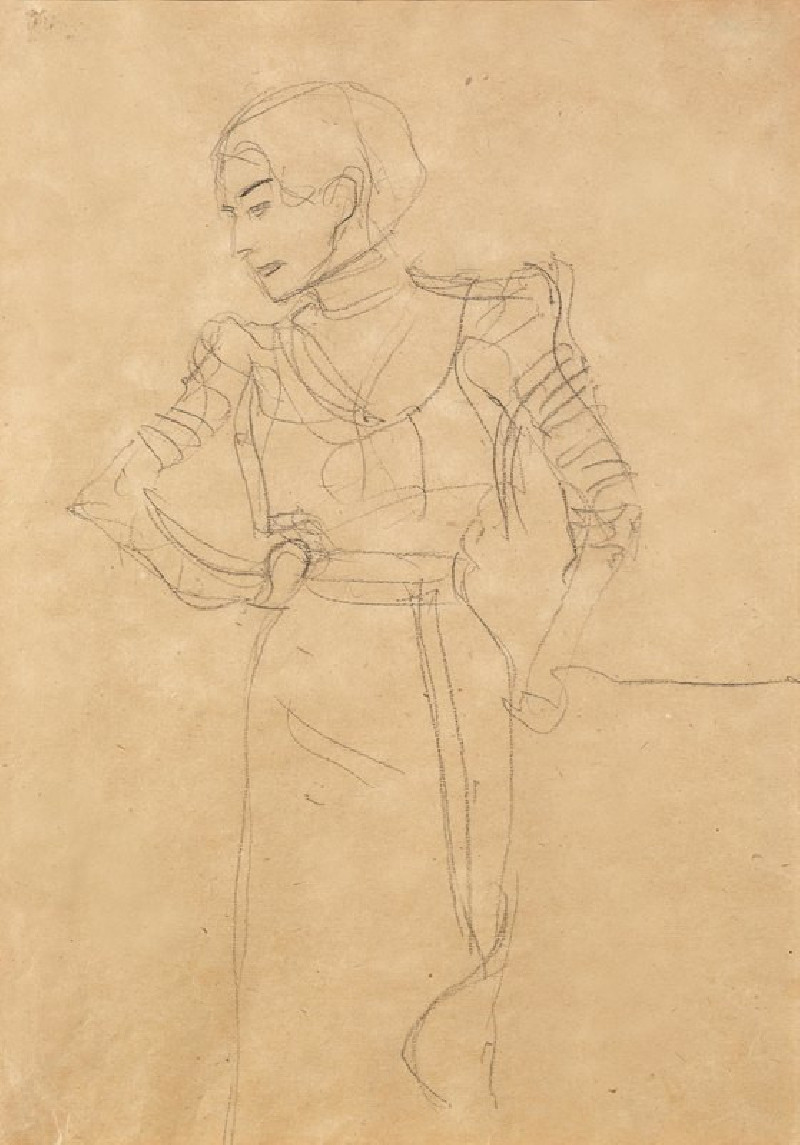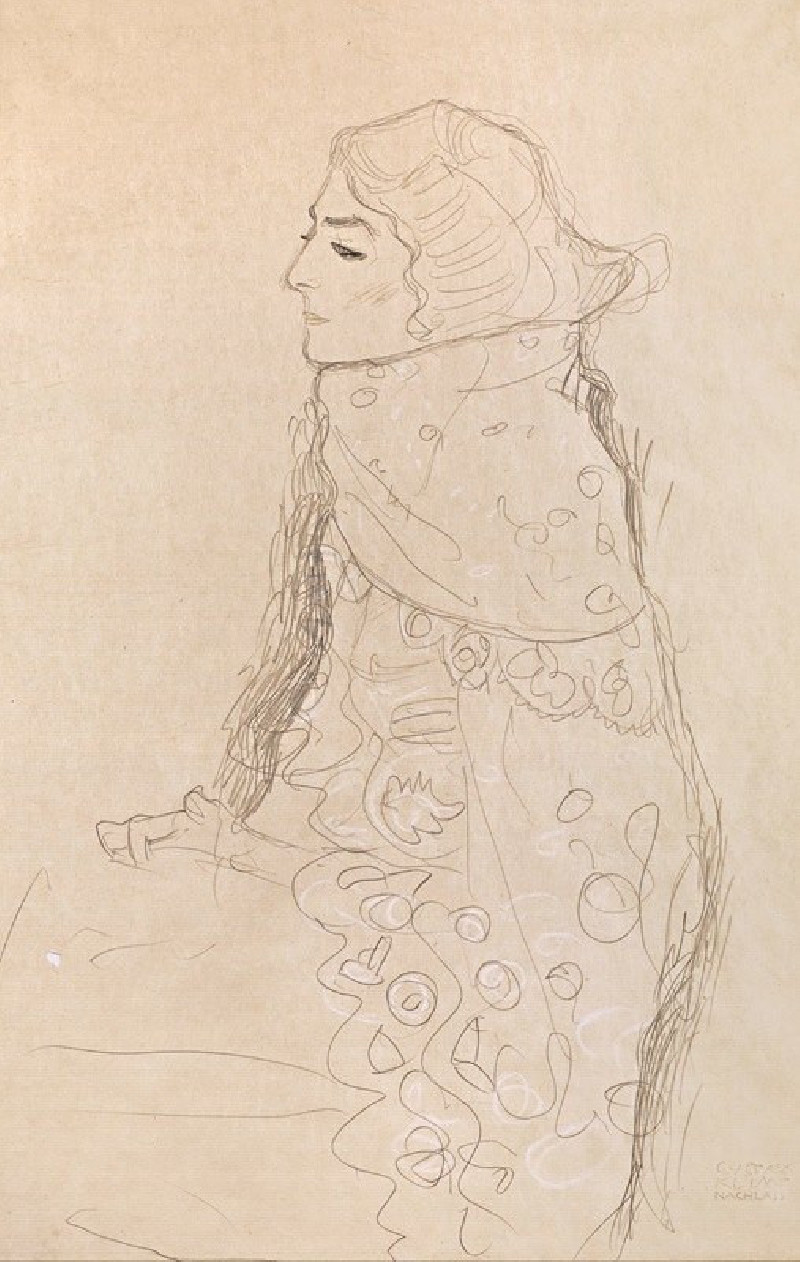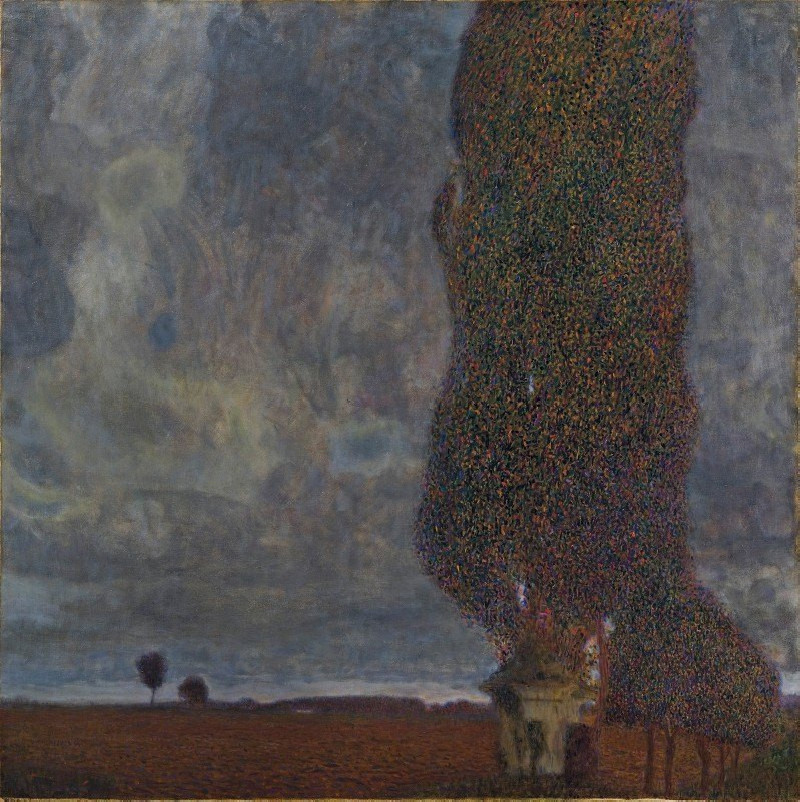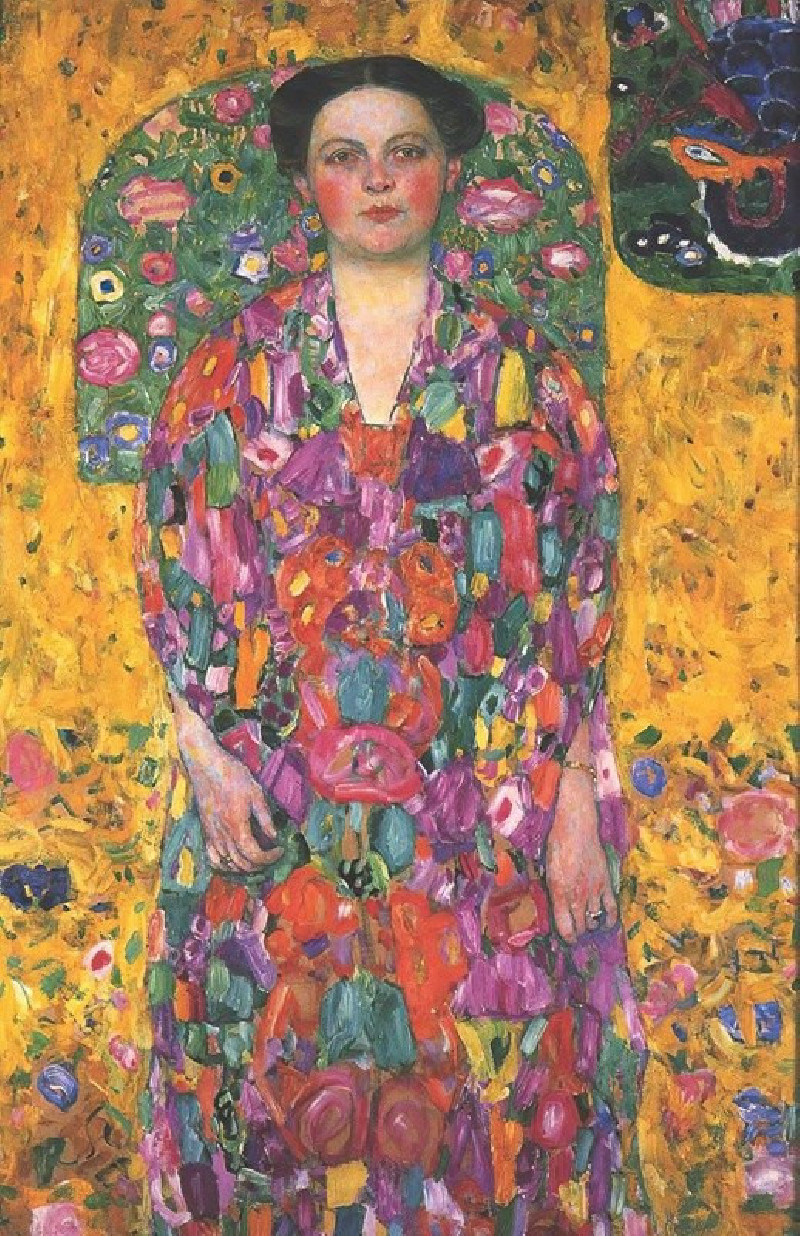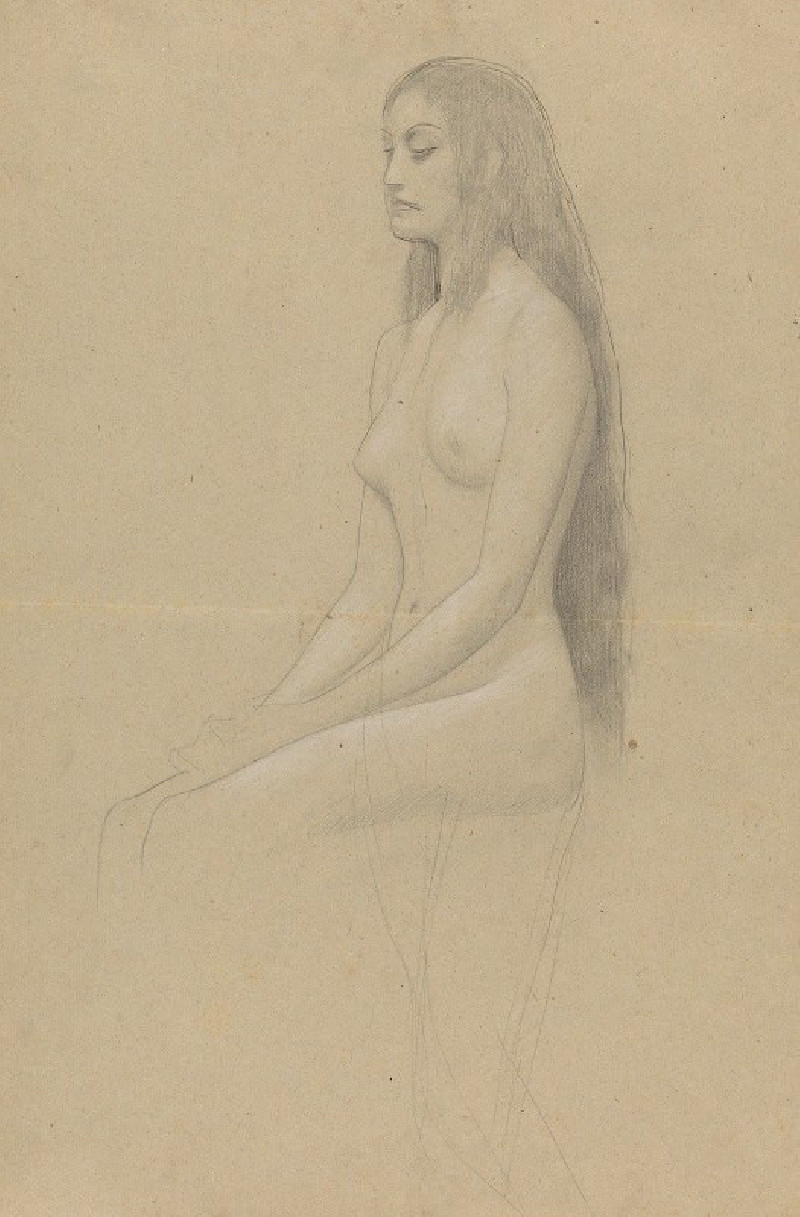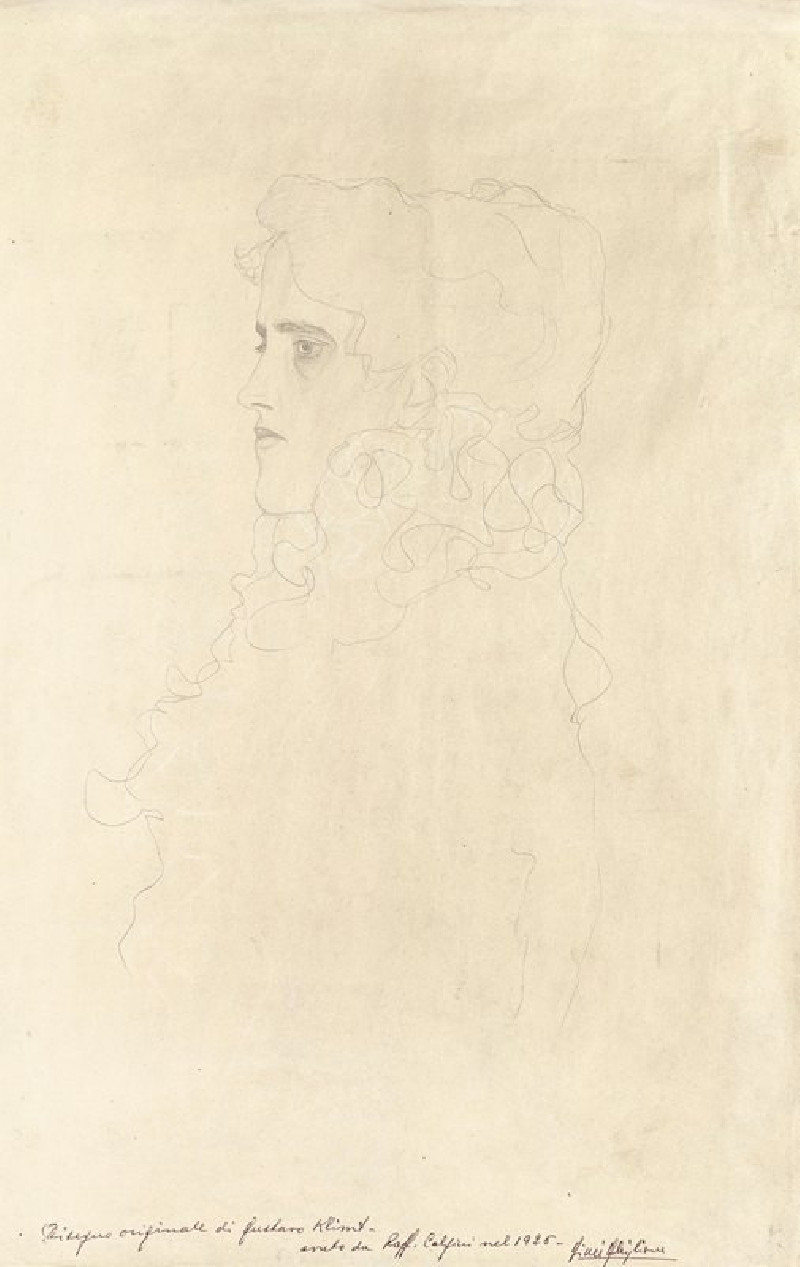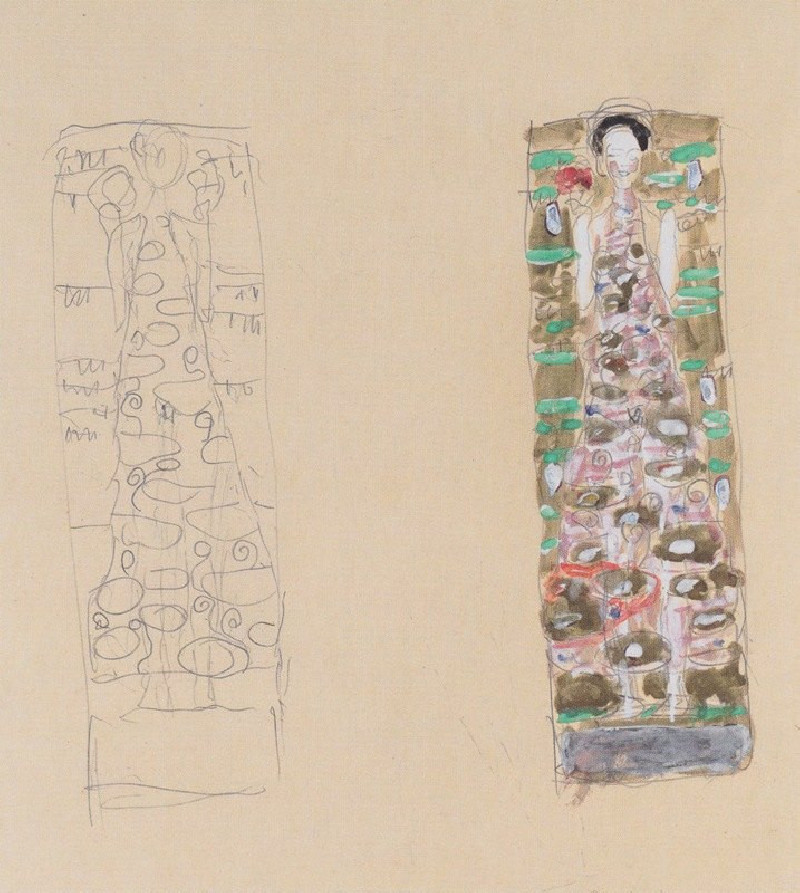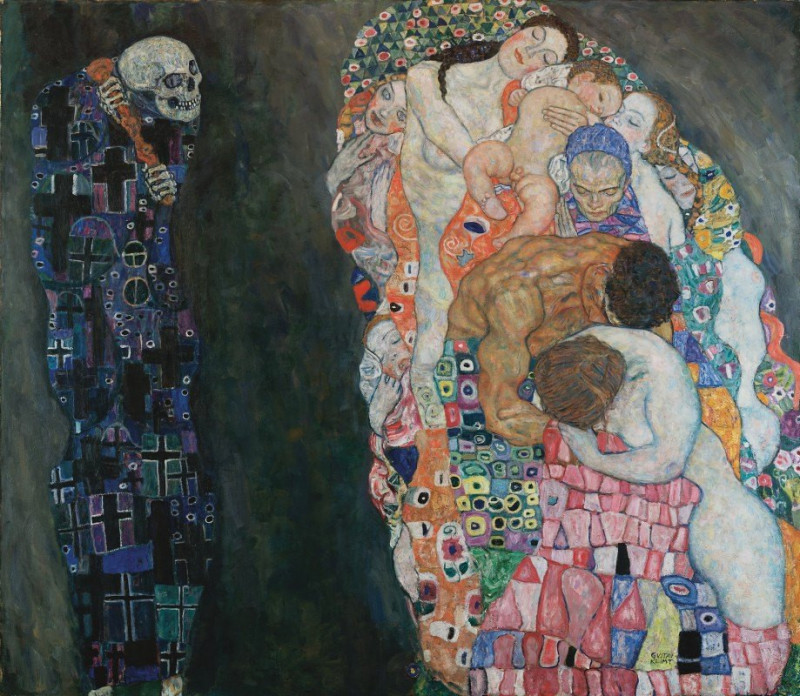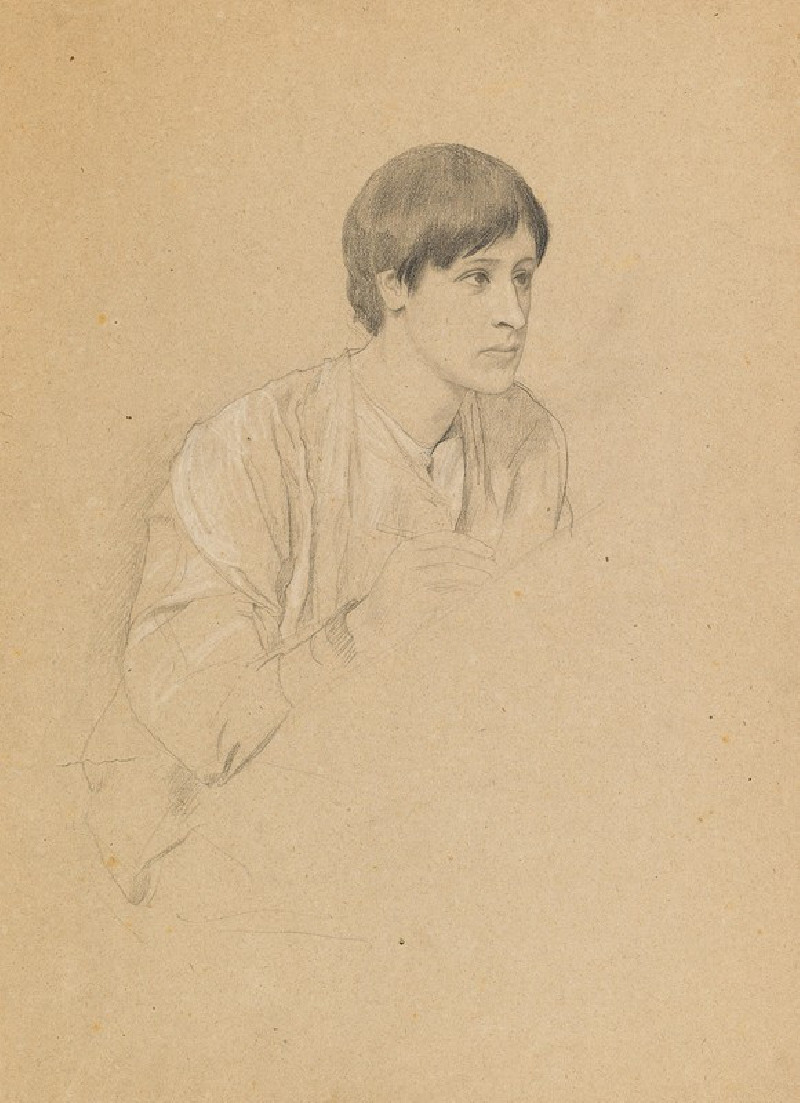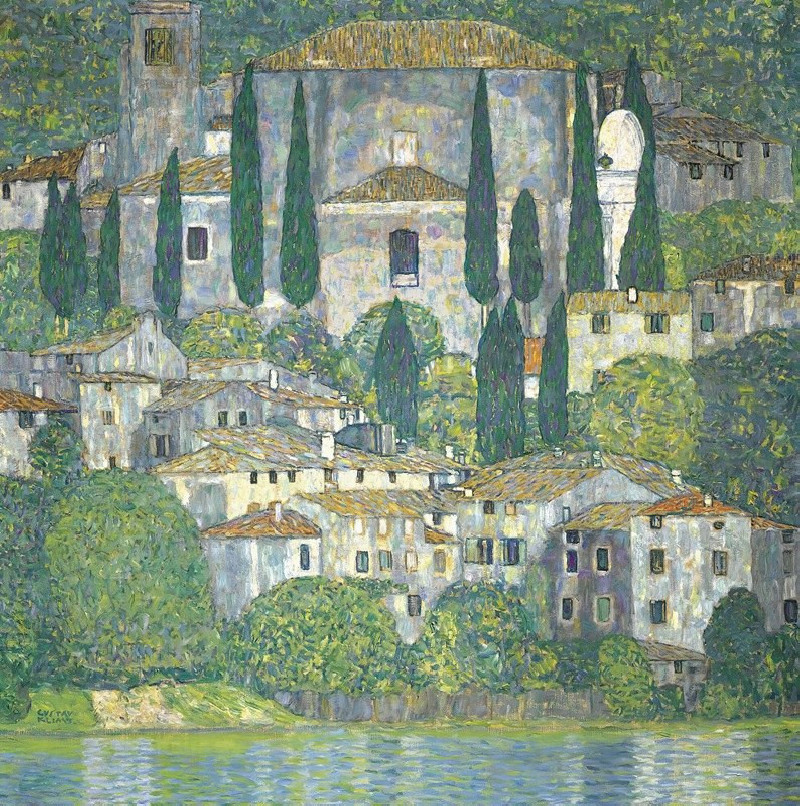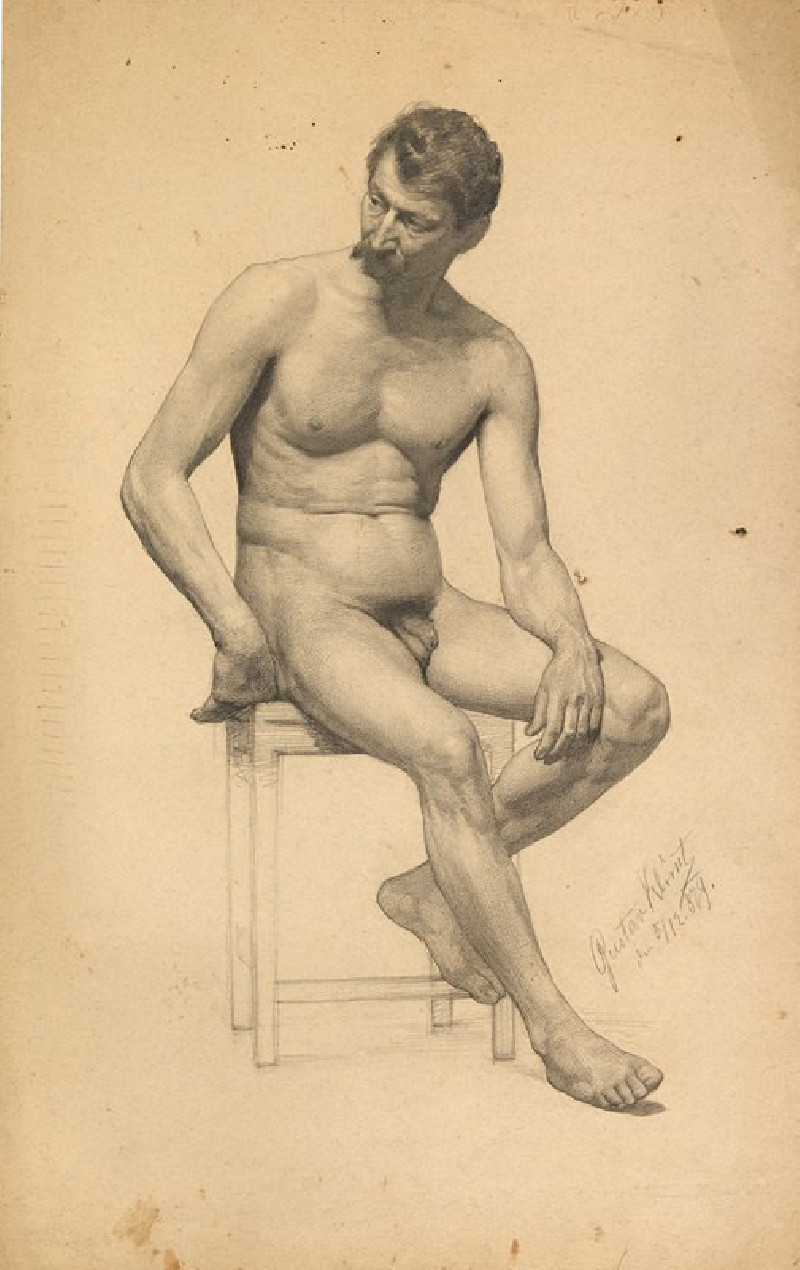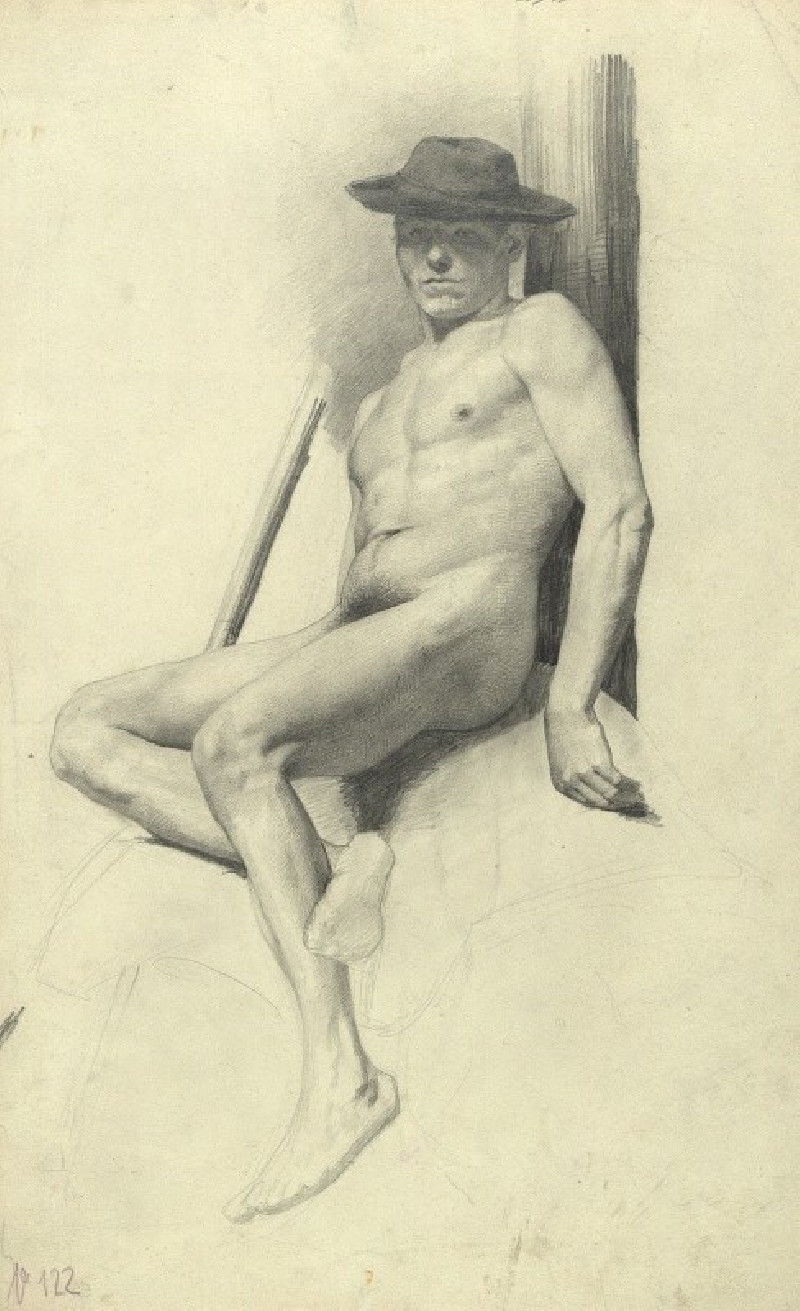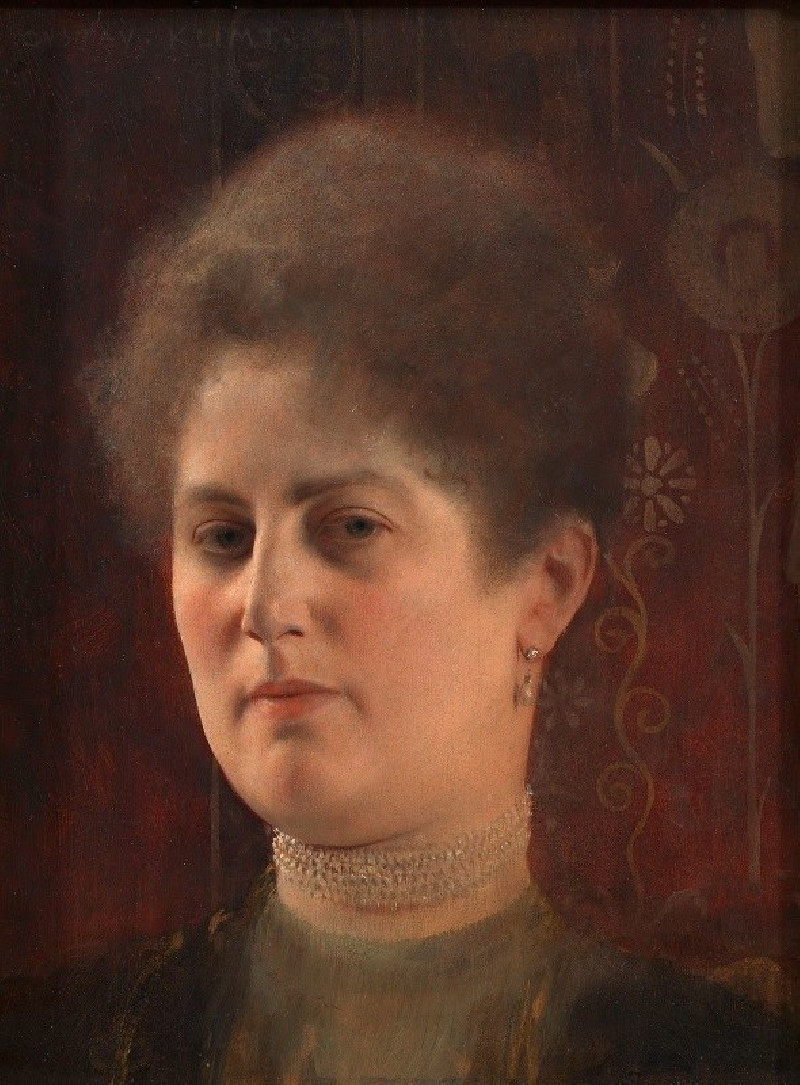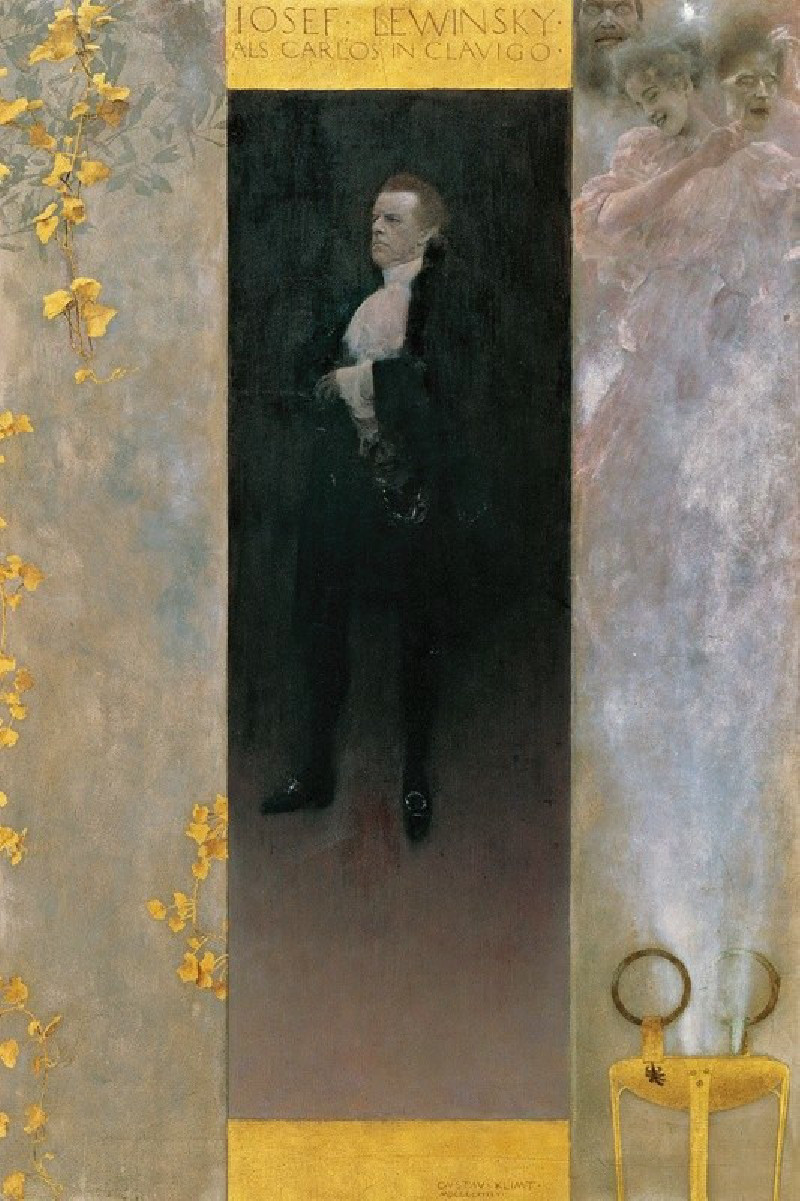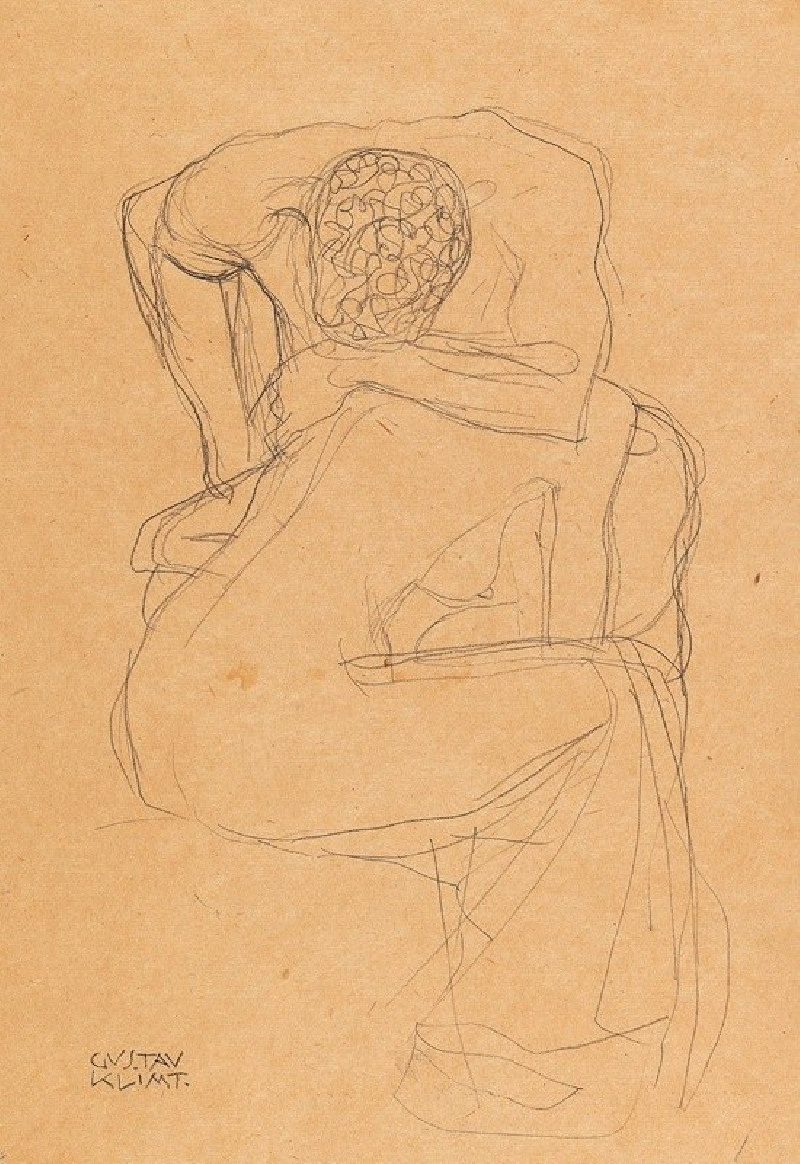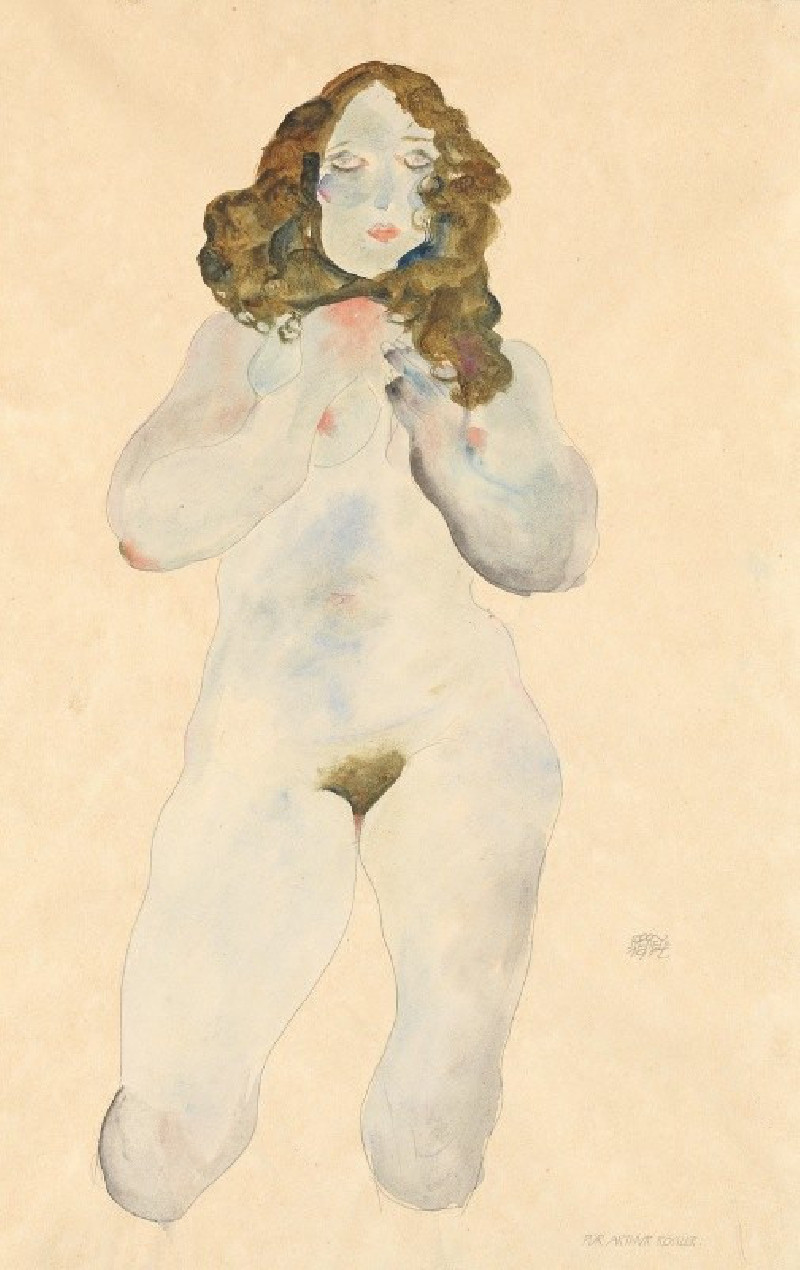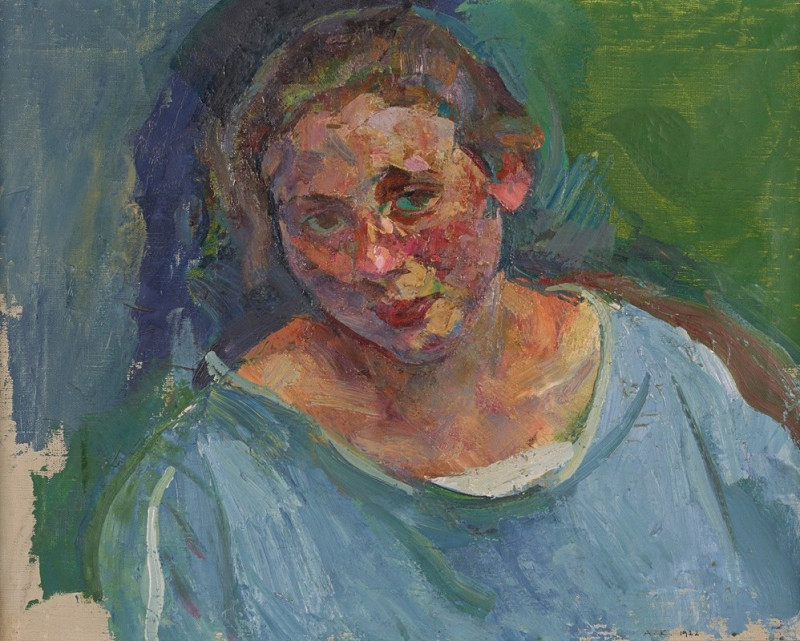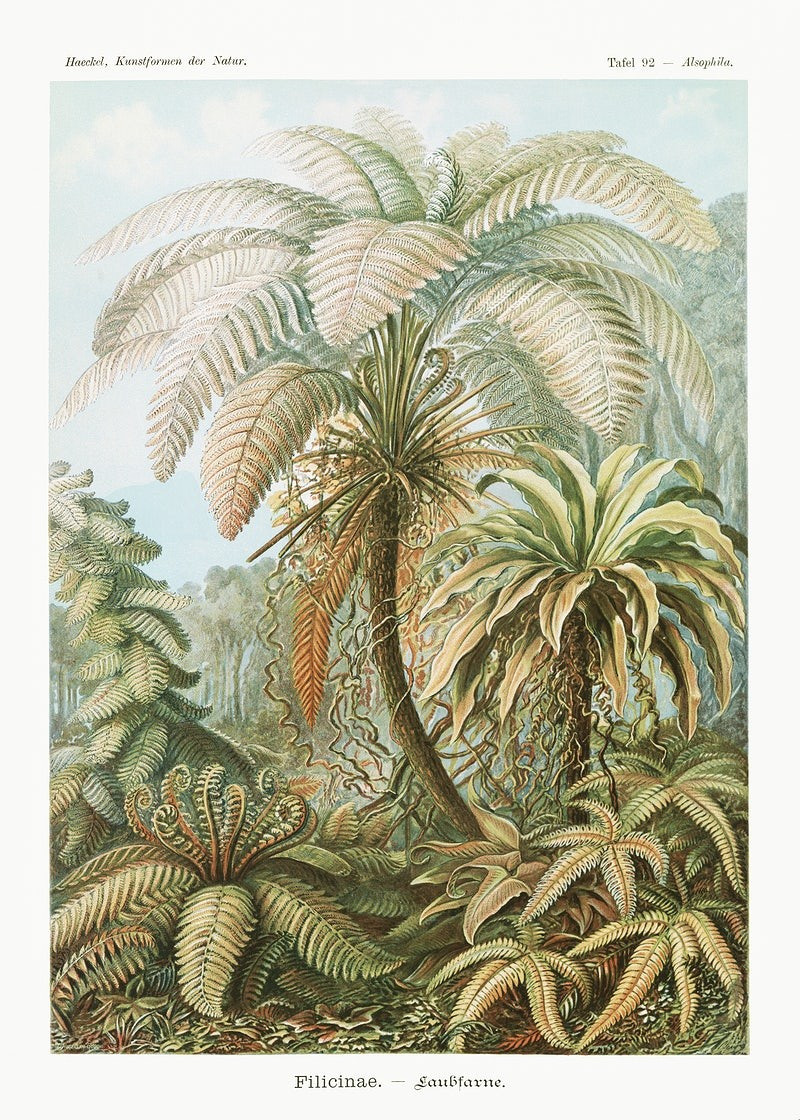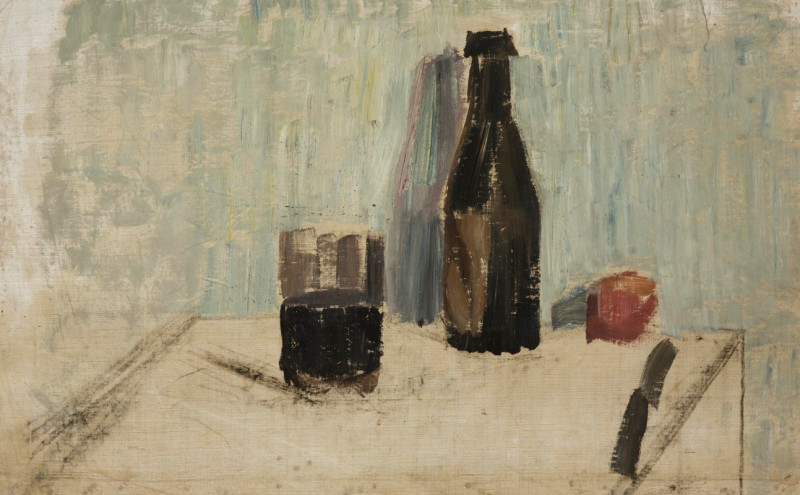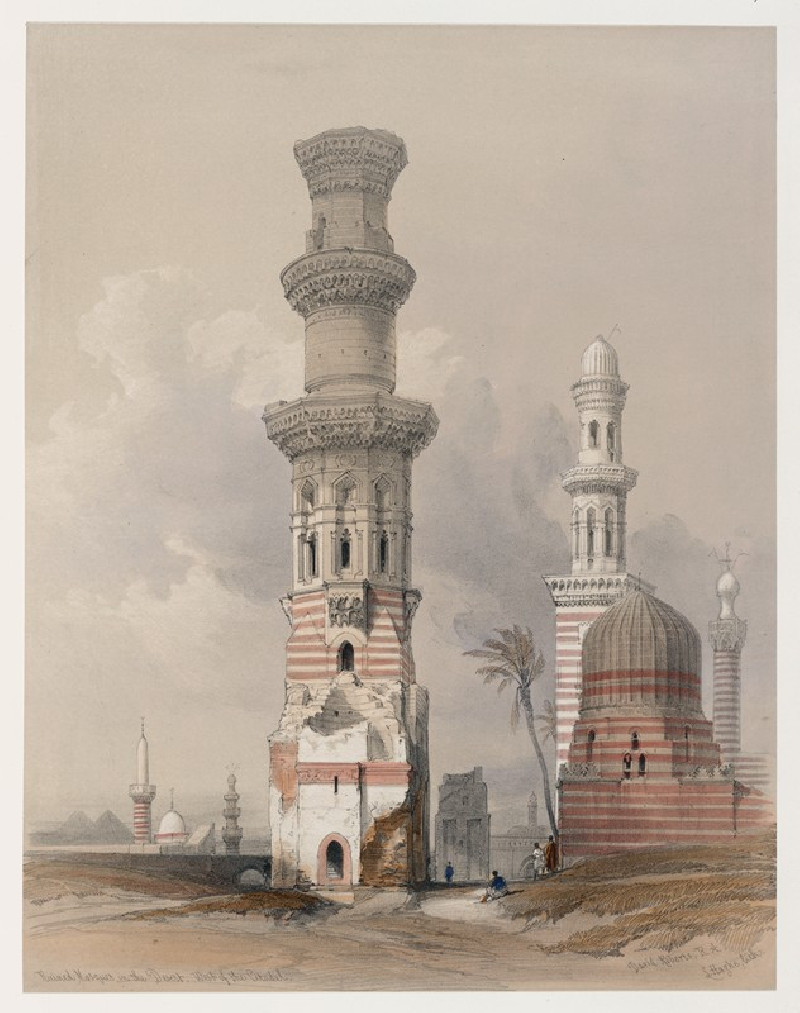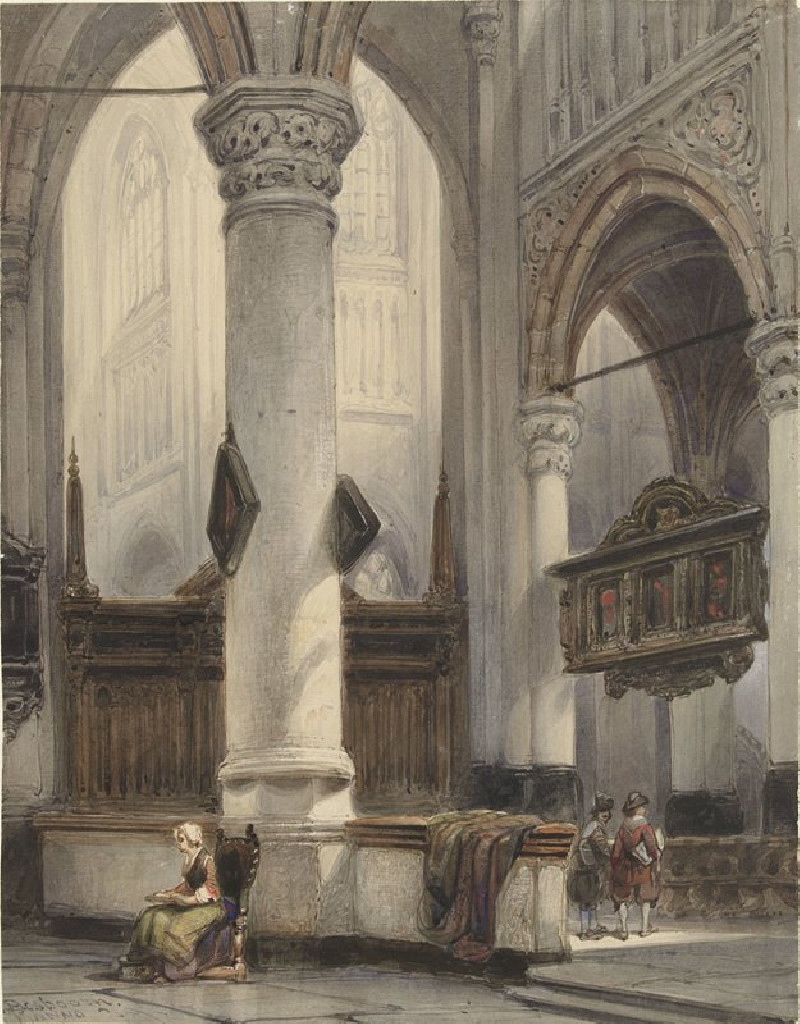Portrait of a young man (c. 1879)
Technique: Giclée quality print
Recommended by our customers
More about this artwork
Gustav Klimt, best known for his opulent paintings and intricate art pieces that often explored themes of beauty, sensuality, and regeneration, gives us a different glimpse of his artistry through the earnest and introspective "Portrait of a Young Man." Created in circa 1879, this drawing showcases Klimt’s talent during the early stages of his career.The portrait is a delicate pencil sketch on paper, presenting a side profile of a young man. The subject's gaze is directed outward, characterized by thoughtful, seemingly introspective eyes, which invite the viewer to ponder what thoughts may be occupying the young man's mind. The meticulous detailing of the facial features, especially around the eyes and mouth, reveals Klimt's commitment to capturing human emotion and expression.This sketch lacks the typical ornate gold and rich patterns identifiable with Klimt’s later famous works such as "The Kiss" and "Portrait of Adele Bloch-Bauer I." Instead, it exposes his fundamental skills in realism and portraiture. The simplicity of the medium and the unfinished outlines of the subject's shoulders and neck emphasize the raw, almost vulnerable depiction of youth in the late 19th century."Portrait of a Young Man" represents an intriguing piece in the catalog of Klimt's work, offering insights into his development as an artist and his ability to convey profound human emotion and subtlety, far removed from the glamorous and golden textures that later defined his Golden Phase.
Delivery
Returns
Gustav Klimt (1862–1918) was one of the greatest Austrian symbolist painters of the Art Nouveau era. Renowned as one of the most prominent founding members, and as a president of the Vienna Art Nouveau movement (Vienna Secession). His works were mainly paintings, murals, and sketches. Marked by his numerous erotic drawings, Klimt's primary subject were female figures, and at one point his work was even criticized as pornographic. Klimt found financial success in his "Golden Phase" with decorative techniques and the prominent use of gold leaf in his paintings.


